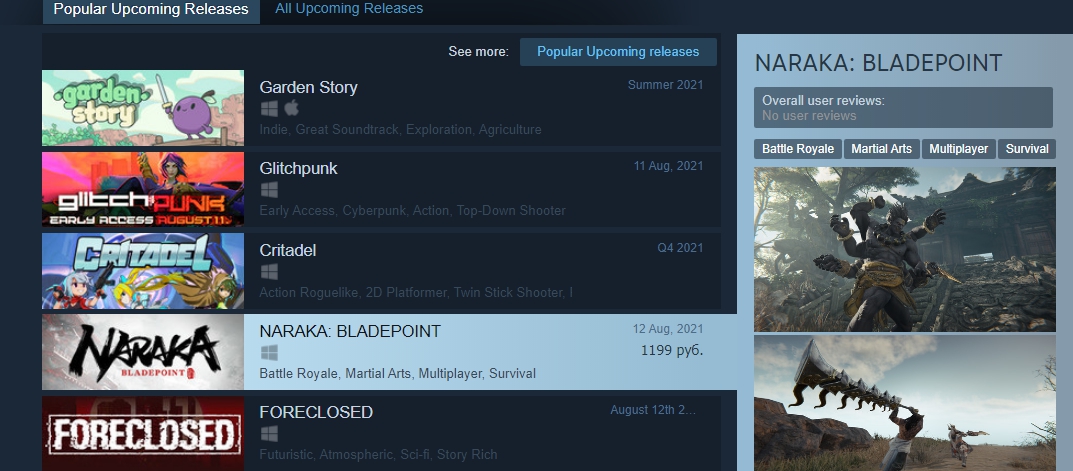The so-called indiepocalypse flooded Steam with tons of bad-quality games. Valve managed to solve the problem by tweaking the store’s algorithm. However, there is now almost no room left for small titles on Steam due to these changes.
Marketing consultant Chris Zukowski broke down the issue in his latest article for How To Market A Game.
Here is a little background to it. The indiepocalypse happened around 2015 due to the lack of curation from Valve. The situation became even worse when the company closed Steam Greenlight and let everyone with $100 publish their games on the store.
That’s when different scammers started to release titles made up of Unity assets, charging $100-200 for them. Some even suspected that these games were developed as parts of money laundering schemes.
The so-called “achievement spam” was another huge problem. There were many extra cheap games where you could earn hundreds of achievements within a few minutes. It increased the sales, driven by hardcore Steam users’ love for achievements.
On top of that, people could also get free trading cards by playing these cheap games. Many users abused the system by then selling them for real money in the Steam marketplace.
Valve eventually solved the problem and changed the store’s algorithm, so the development of these bad-quality games would be unprofitable. However, Zukowski thinks that the new system basically “hates” small titles, withholding their visibility until they reach certain milestones. In this new era, it is hard to make money on Steam without producing large games and investing in marketing.
Key problems highlighted by Zukowski
- There is a widget on Steam called “Popular Upcoming,” which might guarantee almost every game around 200-1000 wishlists a day. However, you need to already have something between 5,000 and 10,000 wishlists to just enter the list.
- Developers of small games, which take around a few months or weeks to produce, can’t live up to these standards. That’s why they are deprived of the opportunity to be featured in “Popular Upcoming,” losing the race to larger titles.
- User reviews might also be a problem. User reviews add up to a summary score (positive, mixed, etc.), which might drive sales and increase players’ interest in a title. However, Steam won’t show a summary score on a game’s page until it reaches at least 10 reviews.
- To reach these 10 reviews, a developer has to sell around 300 copies, Zukowski claims. So it is hard for small games with no marketing budget to meet these requirements.
Zukowski’s example where “L” is the launch and “10” is the day when a game reached 10 reviews
- Steam players prefer long games with lots of content and/or high replayability. Valve also increases the visibility of these titles, ignoring small and short titles almost entirely. It reflects in most of the Steam widgets, like recent friend activity or filtering games based on hours played.
- Small games also can’t get access to other efficient promo tools like Daily Deals or pop-ups that appear when you launch Steam. Developers have to apply to Valve to get these deals, and the company will only accept it if a game meets certain requirements.
- According to Zukowski, your game should already generate hundreds of thousands of dollars or have hundreds of thousands of wishlists to get a Daily Deal or a pop-up. So, once again, small games almost have no chance to compete with larger titles.
Despite all the problems Zukowski thinks that making small games might still be useful to learn game development and improve your skills. He also noted that developers should remember one basic rule — it is better to have a game that sold 10,000 copies than 10 games that sold around 1,000 units each.
The full article can be found here.



